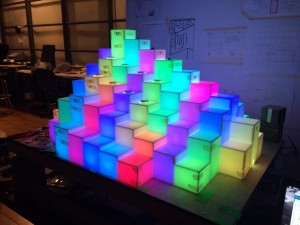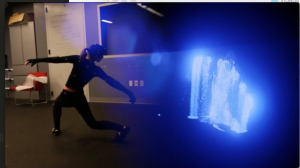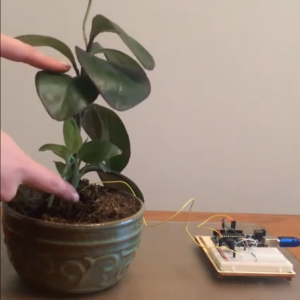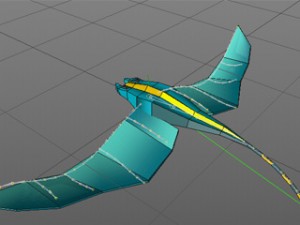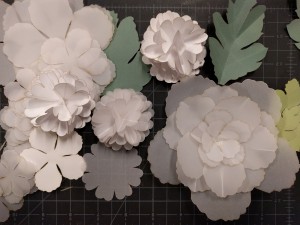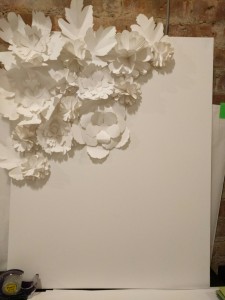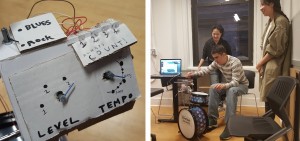David R Lockard
Training wheels for drums: Hook this machine onto your drum kit and learn new rhythms, step-by-step
http://www.davidlockard.net/physicalcomputation/pcomp-final-prototype-2/
Description
***PLEASE NOTE: I don't need ANY equipment to show this project. I couldn't figure out how to submit this application without marking one element for each category of equipment, so I marked random things. Please ignore everything in there, except for the things I marked in the space category, which are correct. Thanks! ****
For my Pcomp final, I built a small machine that teaches its user to play various beats on the drum kit.
The machine, tentatively named ‘drum-bot,’ is designed to be mounted onto a drum kit, and it is comprised of A) a knob and button console box and B) three flexible lamps that come out of the console box.
The three lamps are pointed toward the three cardinal instruments of the drum kit: The hi-hat cymbal, the base drum, and the snare. (The majority of basic drum beats utilize only these three elements). Every time a certain drum is to be struck, its light flashes.
Users pick the rhythm they seek to learn, (blues, rock, soca, etc.) and the desired tempo. Then they are gradually led through the elements of the beat as they progress through the three levels.
A similar method is often used to teach melodies on electric pianos – but I have not found a similar product for the drums. I do not know why, because playtesting has revealed that it works quite well!
The machine has been built and works. Playtesting revealed two central ways in which it can be improved –A) adding an option to listen to the actual beat before one starts (as opposed to a ‘tone’ interpretation of the beat that is currently coded in). and B) making the lights stronger. I am currently working on these two additions, and also am rethinking the design of the interface to better guide student through the process.
Classes
Introduction to Physical Computing

